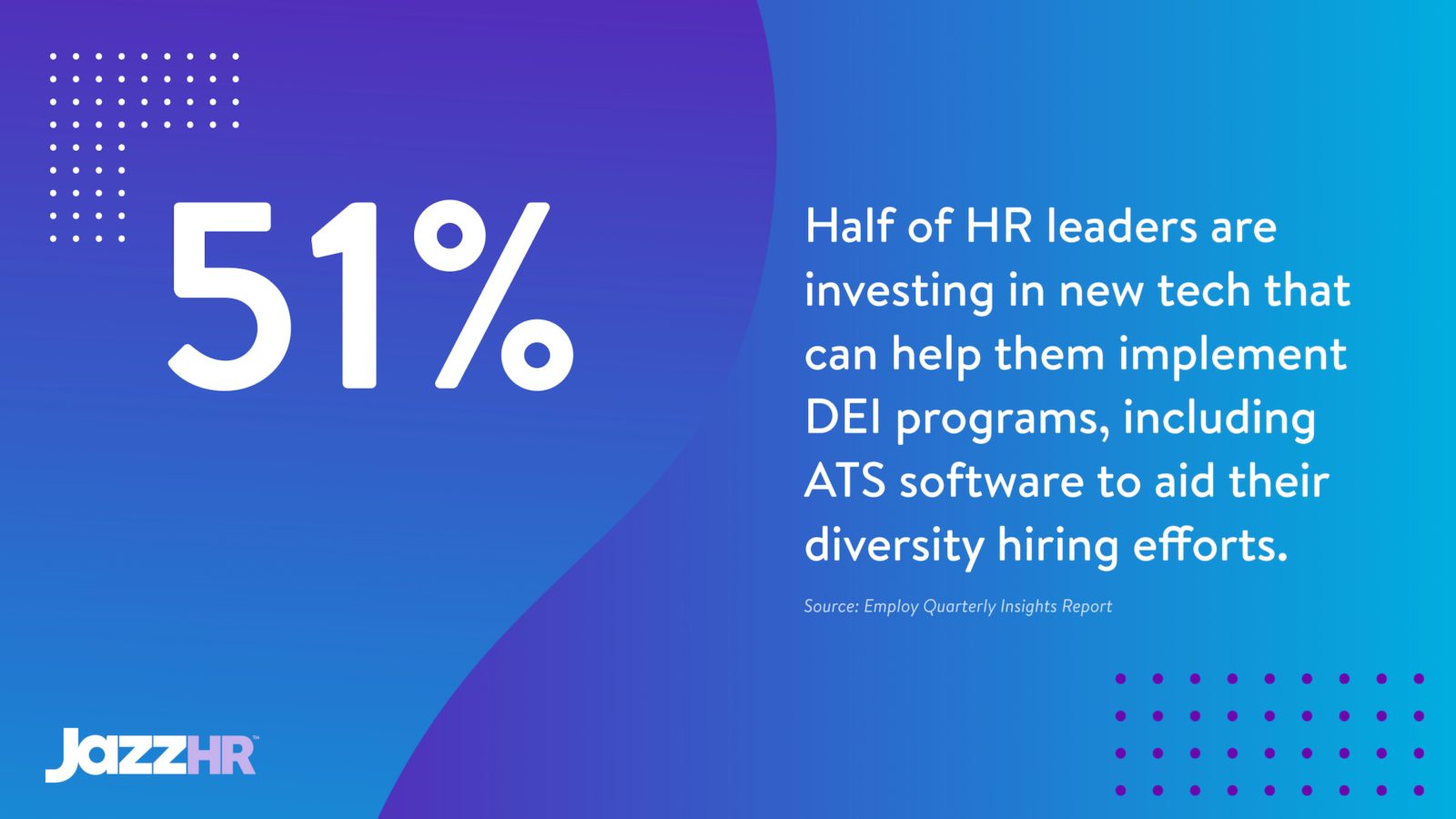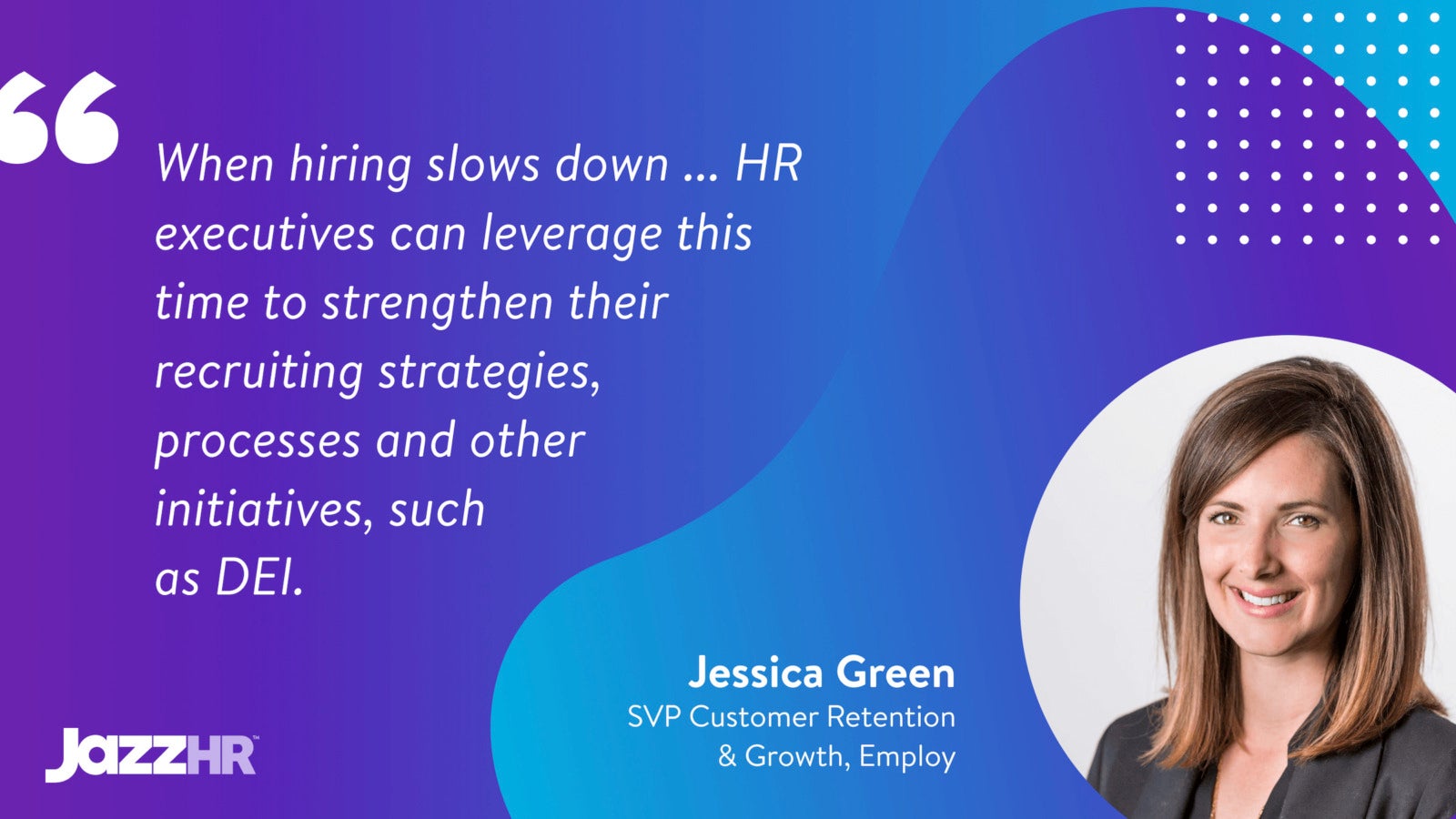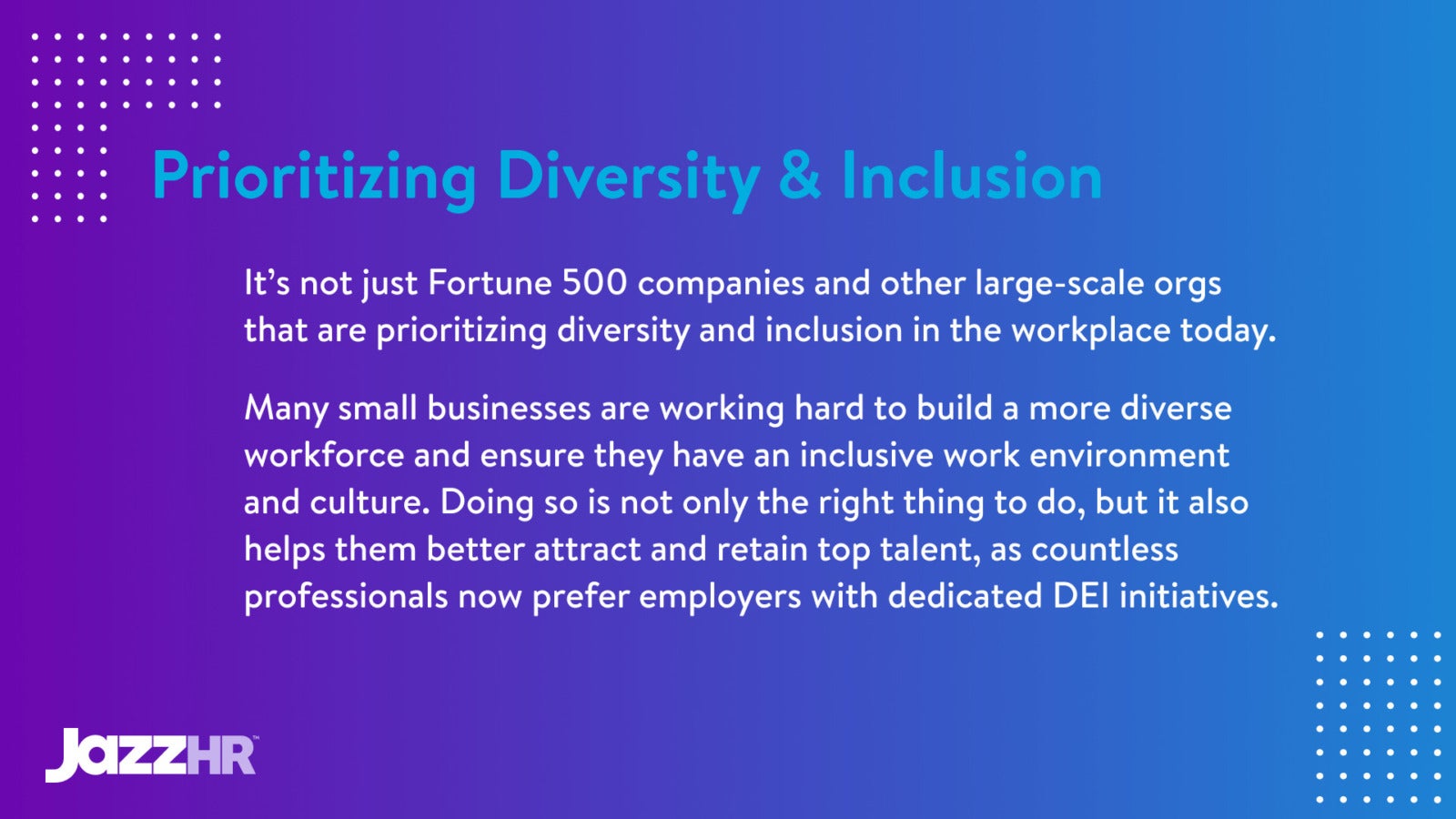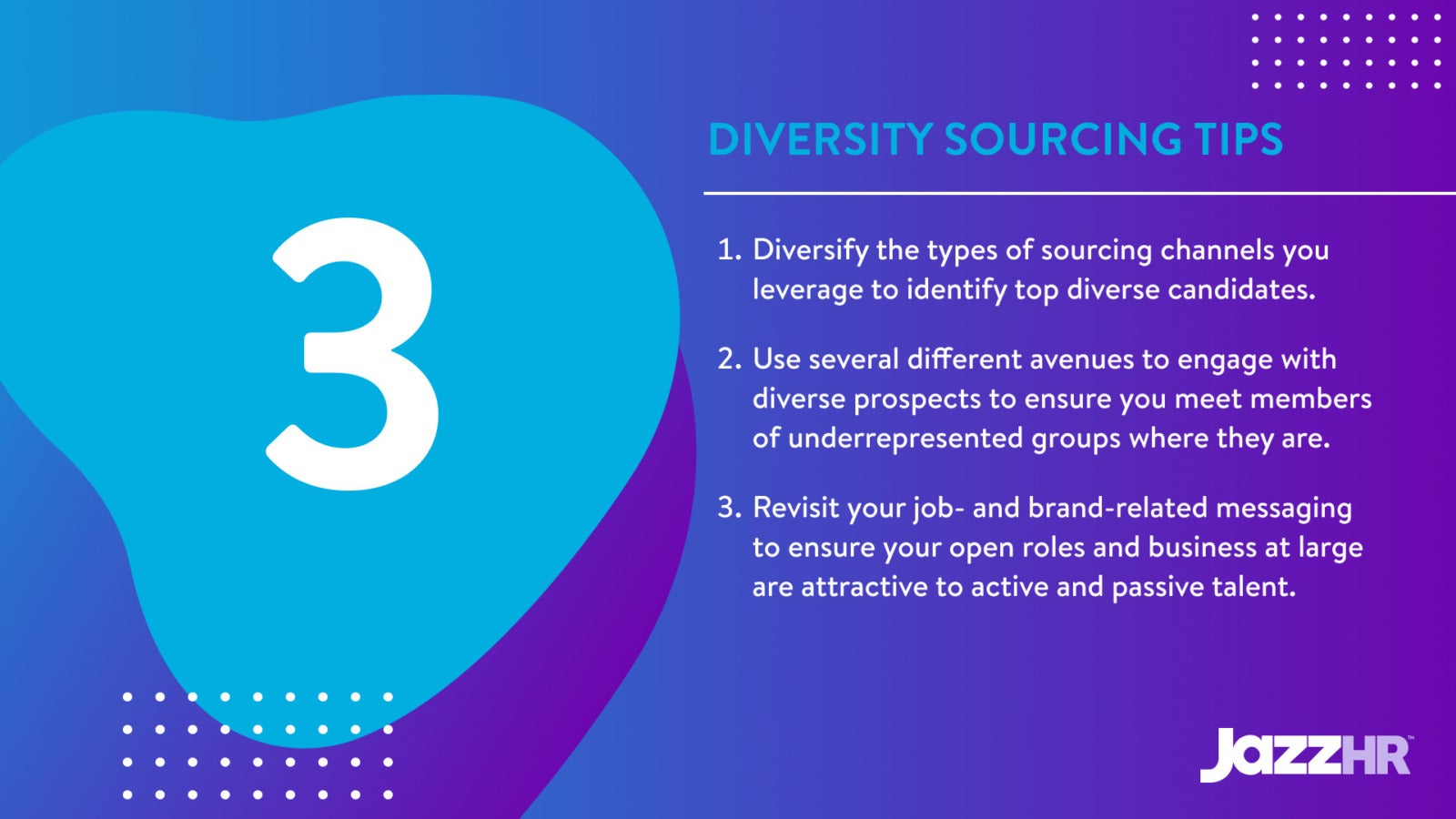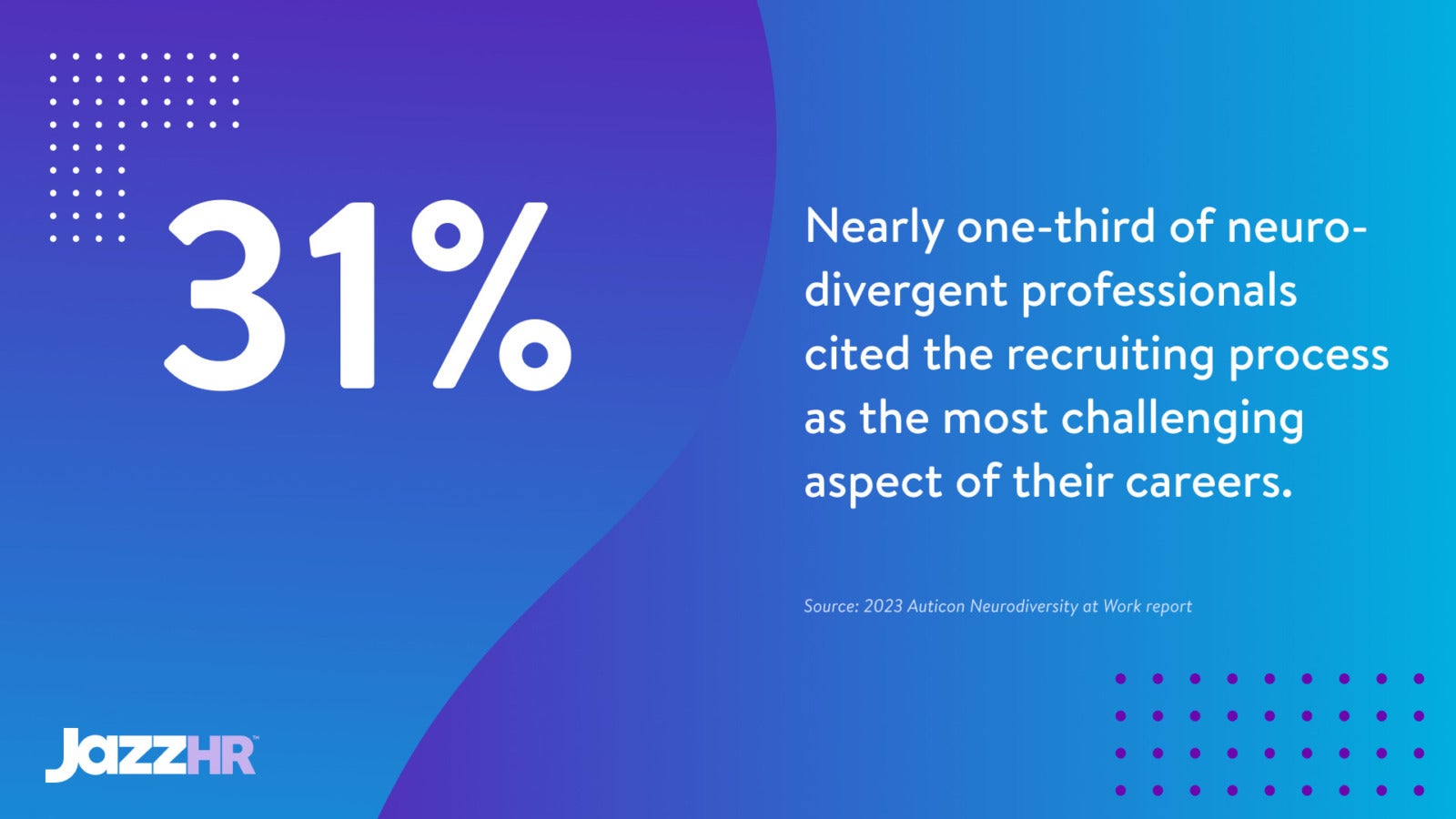Successful small business diversity, equity, and inclusion (DEI) programs aren’t ones with an end date. Rather, the top DEI initiatives are ones that SMB leaders are able to sustain and continually build upon to:
- Ensure the business regularly hires people of color and those from other historically underrepresented groups and retains diverse employees
- Create a strong company culture through the creation of employee resource groups and implementation of other workforce engagement efforts
- Strengthen the overall business strategy by establishing a safe and welcoming work environment where every employee can thrive
“Meaningful [DEI] progress requires dedication,” McKinsey Company analysts recently wrote. “The DEI strategy should be continually refined as pilot projects deliver results, lessons are learned, leaders and employees develop new skills and awareness, and the business’s overarching strategy evolves.
Your SMB may not have Vice President of DEI or even a dedicated DEI committee that regularly collects and acts on feedback from workers to increase employee satisfaction.
- However, your small business leaders must ensure diversity, equity, and inclusion is a top priority at all times to attract and retain top talent and drive long-term business growth.
If your organization — including your executives, people managers, and HR and hiring teams — is looking to develop new DEI programs this year, you’ve come to the right place.
Understanding the importance of DEI programs
One of the major upsides to mature DEI programs is a rise in workforce satisfaction.
Employees are happier when their leaders, human resources team, and people managers work in tandem to hire more members of underrepresented groups, like sexual orientations and ethnicities, and create an inclusive work environment where people are treated and paid fairly.
- That said, 75% of workers think their employers need to do more in terms of DEI efforts that not just positively impact their job and business satisfaction, but also have an outsized impact externally.
It’s not just existing staff that’ll appreciate a sustained commitment to inclusivity. Numbers suggest that job seekers are looking for evidence of diversity at work and that success can be compounded.
Proof of this can be found in Glassdoor’s annual Diversity and Inclusion Survey, which found four in five minority applicants count a diverse workforce as a deciding factor when evaluating an employer.
So, ask yourself: What is your SMB doing to implement DEI programs (and specific, measurable goals tied to them) that help you build a more diverse, equitable, and inclusive workplace?
Developing dedicated DEI programs around training
One-off diversity workshops aren’t enough anymore. In fact, they’re viewed as doing the bare minimum by employees. As a group of researchers publishing in the Harvard Business Review put it:
“Virtually all Fortune 500 companies offer diversity training to their employees … even when the training is beneficial, the effects may not last after the program ends.”
- In order for anti-bias training to actually work, it needs to be reinforced regularly. The efficacy of a one-off workshop drops off as time goes on, and subconscious biases can resurface.
The University of Buffalo’s Katerina Bezrukova studied 40 years’ worth of DEI training results, and also found that “over time … attitudes regressed to what they were before the training.”
Remember: Diversity, equity, and inclusion programs don’t always have to involve lengthy and expensive workshops. Instead, learning experiences should be facilitated on a day-to-day basis by business and HR leaders and people managers by embedding diversity practice into company culture.
Business News Daily’s Paula Fernandes shared expert advice based on Bezrukova’s research. We think it’s a great summary of how to conduct DEI training.
“Roll out a series of programs, events, celebrations, mentoring opportunities and other experiences for continual learning,” said Paula. “This way, it becomes more about reinforcement of positive behavior than an annual lecture of all the prohibitive rules.”
Ensuring you have a sustainable inclusive hiring strategy
Good news: We already have a how-to guide on diversity hiring. If you read that and abide by our tips, you’ll (hopefully) end up with stronger, more inclusive recruitment processes. Here, though, let’s look at the ways in which you can measure and improve your diversity, equity, and inclusion efforts.
You wouldn’t let your social media campaigns go un-evaluated. Your DEI programs are far more important than a few Twitter (er, X) posts. It’s time to track your inclusivity performance with smart goals, using frameworks like KPIs or OKRs. Align inclusivity goals with your company goals.
- Start measuring, and you’ll be able to take data-backed action to improve your DEI efforts and compound your successes. If all goes according to plan, you’ll have a healthy set of statistics that you can translate into positive employer branding that attracts even more diverse talent.
“DEI metrics provide a tangible way to gain data-driven insights into diversity’s impact on business performance” and “help leaders address backlash and meet mandated reporting requirements,” according to The Conference Board.
Here’s a helpful LinkedIn guide to the kinds of DEI metrics your hiring team, in particular, should be tracking. Once you’ve defined your goals, ensure that your applicant tracking system (ATS) is capable of collecting and centralizing all your diversity recruiting and candidate data in a single location.
(One that ideally dynamically updates and offers rich analytics tied to your DEI hiring initiatives.)
Communicating your commitment to DEI programs
A 2020 Quantum Workplace report found 48% of business professionals said that “respect” is the most important contributor to “a culture of inclusion.” (A sentiment your staff likely agrees with.)
Respect isn’t a token show of support. It’s an ongoing set of actions that tell employees you value their opinions. For your team to feel respected, they need to see consistency on the part of their employers when it comes to DEI efforts.
- One of the simplest ways to communicate respect for your team is to listen to them, and act on the suggestions that arise from your conversations.
“No workplace is perfect when it comes to [DEI programs],” The Gallup CHRO Roundtable Managing Director and Partner Jeremie Brecheisen wrote for Harvard Business Review.
“But, the strongest have something in common: They listen to their people and see beyond their own worldviews before they start trying to solve a problem they do not understand or even see.”
Job seekers are far more likely to trust employees than employers. As if communicating respect wasn’t enough, this makes another argument for including staff in the DEI conversation.
- By listening to their suggestions and giving them a stake in your org’s DEI programs, you’ll be creating in-house advocates that have a sense of ownership and pride in the changes that are being made.
Then, you can involve them in the hiring process. That way, you’ll have ambassadors that job seekers — experienced industry veterans and those fresh out of colleges and universities — can trust. It’s a fantastic opportunity to both improve your employer brand, and to learn from your teammates.
Making DEI programs “business as usual” at your SMB
Practically everyone at your small business is laser-focused on improving your bottom line. As they should. Your company’s success has a trickle-down effect on your staff (i.e., earning bonuses, getting promotions and raises, upward mobility options). But, it can’t be the sole focus for your business.
Whether it’s initiatives around training, hiring, or communicating, the common thread that runs through sustainable DEI programs is communication, collaboration, and coordination.
- “Forward-looking small businesses recognize and understand the implications of demographic shifts and adapt their strategies, HR practices, and business operations to better meet the needs of current and future employees and clients,” DEI expert Glen Guyton recently wrote.
That means these forward-thinking SMBs on’t just act like a company that prioritizes diversity, equity, and inclusion. They actually do make DEI an intrinsic part of their company’s identity.
By doing so at your small business, you will not only see greater employee satisfaction and retention, but also a rise in more job seekers who want to work for your company and stay there long term.
- And with a small business applicant tracking system (ATS) in place for your HR team, you can tackle tasks associated with arguably the most important DEI program: hiring diverse talent.
“Many organizations want to improve their DEI efforts but lack the right tools to make a scalable impact,” HR expert Corey Berkey wrote for Spiceworks. “That’s where hiring technology comes in.”
Find out how investing in our advanced ATS can help your hiring team better identify, engage, and hire diverse talent. Schedule a demo of our leading recruiting software today for more info.

